How to Implement TPM
#1: Announce The Plans For TPM Implementation:
Discover the pillars of TPM.
#2: Make Use Of A Pilot TPM Program:
#3: Focus On Restoring Targeted Equipment To Prim Working Condition:
Your focus should go first to the execution of an autonomous maintenance program, and then provide the needed training to equipment operators.
Learn more about the TPM process.
#4: Start Measuring Overall Equipment Effectiveness (OEE):
#5: Adress Major Loss Causes:
#6: Implement Proactive Maintenance:
In the end, there should also b taken the time to implement a feedback process that will allow you to continuously track your TPM program effectiveness.
Discover the tips of maintenance under the TPM process.
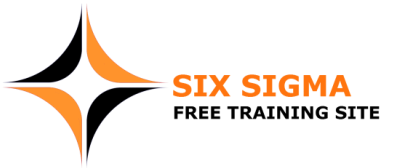
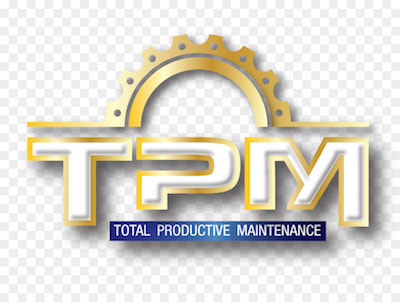
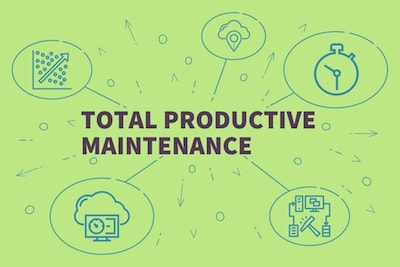
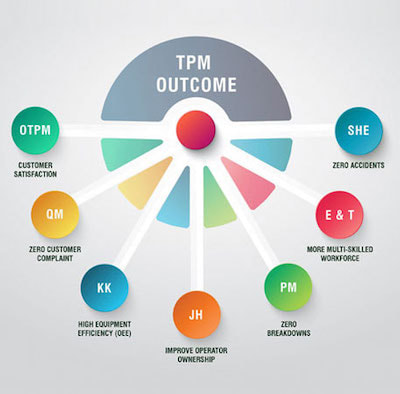
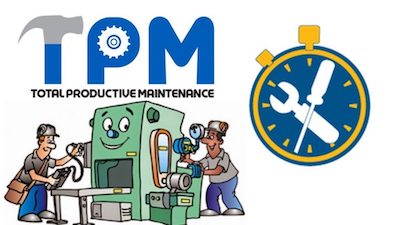
 RSS Feed
RSS Feed